![]() — Home — Business News
— Home — Business News
Weekly Business News from Myanmar
-
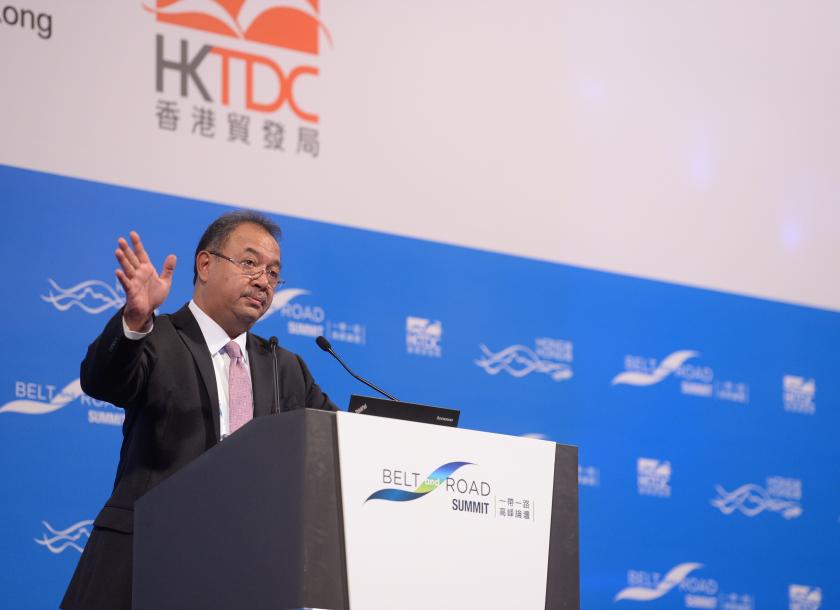
Belt and Road Initiative (BRI) expects to require staggering infrastructural investment in Asia’s developing economies
AS the top destination of Chinese investments, ASEAN means business when it comes to the Belt and Road Initiative (BRI), a trade body said. The initiative is expected to require “staggering” infrastructural investments in Asia’s developing economies. Jointly organised by the territory’s government and its trade body, the Hong Kong Trade Development Council (HKTDC), the Belt and Road Summit, under the theme “from vision to action”, was held on September 11 in the city. The city’s leader, Carrie Lam, said during the event that ASEAN economies and geography make the regional bloc a key part of Beijing’s grand design. -
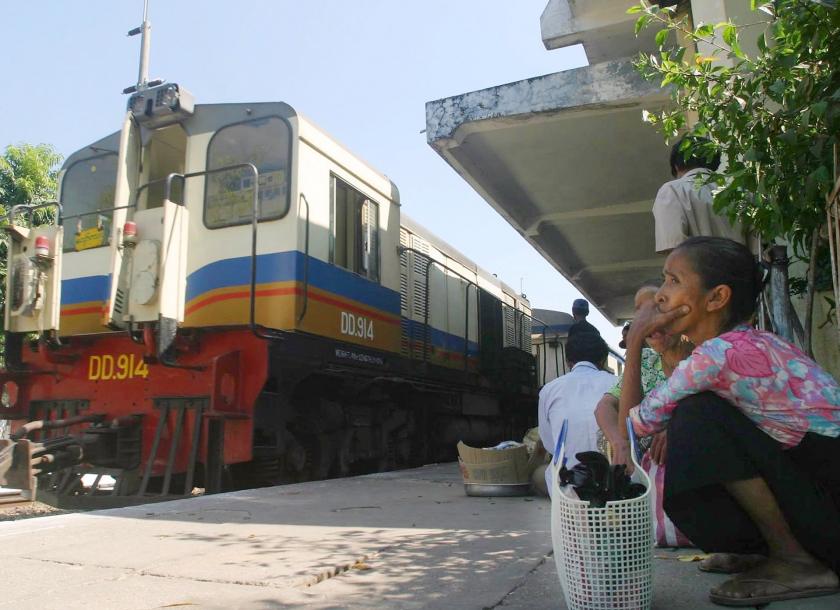
In order to develop the country’s transport sector, Myanmar demands US$ 60 billion in investment in the next 15 or 20 years
THE country’s transport sector demands US$60 billion in investment in the next 15 or 20 years, according to the Ministry of Transport and Communications. Efforts to develop railways as well as the aviation and maritime infrastructure are frustrated by the lack of investment. U Win Khant, permanent secretary of Ministry of Transport and Communications told The Myanmar Times during the sideline interview at Myanmar Global Investment Forum that the three existing Kawthaung airport in Tanintharyi Region, Mawlamyine airport in Mon State and Heho airport in Shan State are going to be upgraded through a public-private partnership (PPP) system. The Myanmar Global Investment Forum was organised by Euromoney on September 12 and 13 in Nay Pyi Taw. -

With the growth of trade, deep sea ports becomes an important node in the logistics network as the bulk of the cargo is moved by sea
MYANMAR is one of the fastest growing economies in the Southeast Asia region, with GDP having risen by an average of 7 percent in the past decade. The economy has expanded on the back of rising trade. Since 2010, the volume of containers arriving in Myanmar’s ports is up three times, reaching 1 million twenty-foot equivalent units (TEUs) in 2017. This rise is projected to continue, with the International Monetary Fund forecasting GDP growth of 7.3pc on average in the next five years. With the growth of trade, sea ports have become an important node in the logistics network as the bulk of the cargo is moved by sea. It is also pertinent to note that trade in Myanmar is imbalanced, with imports exceeding exports by around four times. -
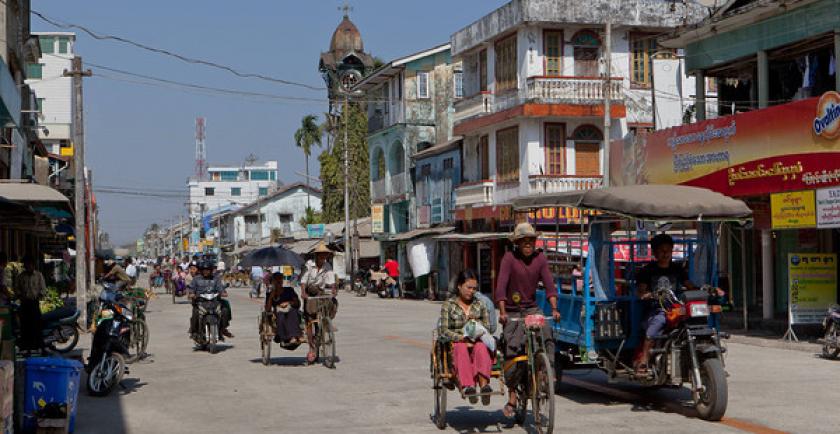
DICA advocates for investment in conflict zones to provide a solution to regional conflict
By the end of the month, the Myan¬mar Investment Commission will open a branch office in Sittwe to “provide a solution to re¬gional conflict,” U Than Aung Kyaw, Deputy Di¬rector General of Direc¬torate of Investment and Company Administration (DICA) told Myanmar Business Today. Both the Union and State governments have expressed their desire to achieve not only peace and stability in the re¬cently embattled Rakhine State, but also economic development. “Bringing long-term investment into conflict areas may provide a so¬lution to the fighting that has consumed Northern Rakhine State for the last two weeks. Investment creates job opportunities and increased standards of living for residents,” U Than Aung Kyaw said in a phone interview with My¬anmar Business Today. -

Public-private sector collaboration needed to upgrade infrastructure and drive Asia towards its next infrastructure boom
Infrastructure is essential for development. Roads, railways, ports and power supplies have helped drive Asia’s growth, allowing its people to get to work and its products to reach markets. For this momentum to continue, the region’s existing stock of infrastructure must be upgraded. A new generation of transport networks, energy facilities, and water and sanitation systems must be built. The demand for infrastructure across Asia and the Pacific far outstrips current supply, according to a recent report by the Asian Development Bank entitled Meeting Asia’s Infrastructure Needs. More than US$26 trillion will be needed between 2016 and 2030, or US$1.7 trillion a year, to deliver infrastructure that supports robust growth and is resilient to climate change. That’s double the amount currently spent each year. -
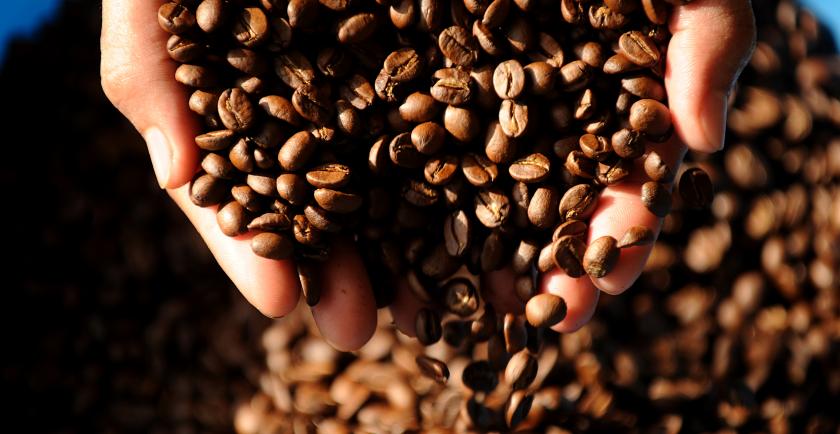
Increasing market demand and modernized cultivation techniques stimulate coffee exports
Myanmar coffee traders have ex¬ported 535 tons of coffee beans this fiscal year, twice as much as the same period the year be¬fore, according to statis¬tics from the Ministry of Commerce. Last year, the nation exported 860 tons of cof¬fee generating $1.438 million. In the first five months of the 2017-2018 fiscal year, exports have generated $1.5 million, as the price of $3,000 to $7,000 per ton, based on quality. Increased demand from Japan and US markets has had significant im¬pacts on inflating trade volume, U Myint Soe, Deputy Secretary of Min¬istry of Commerce, said. -
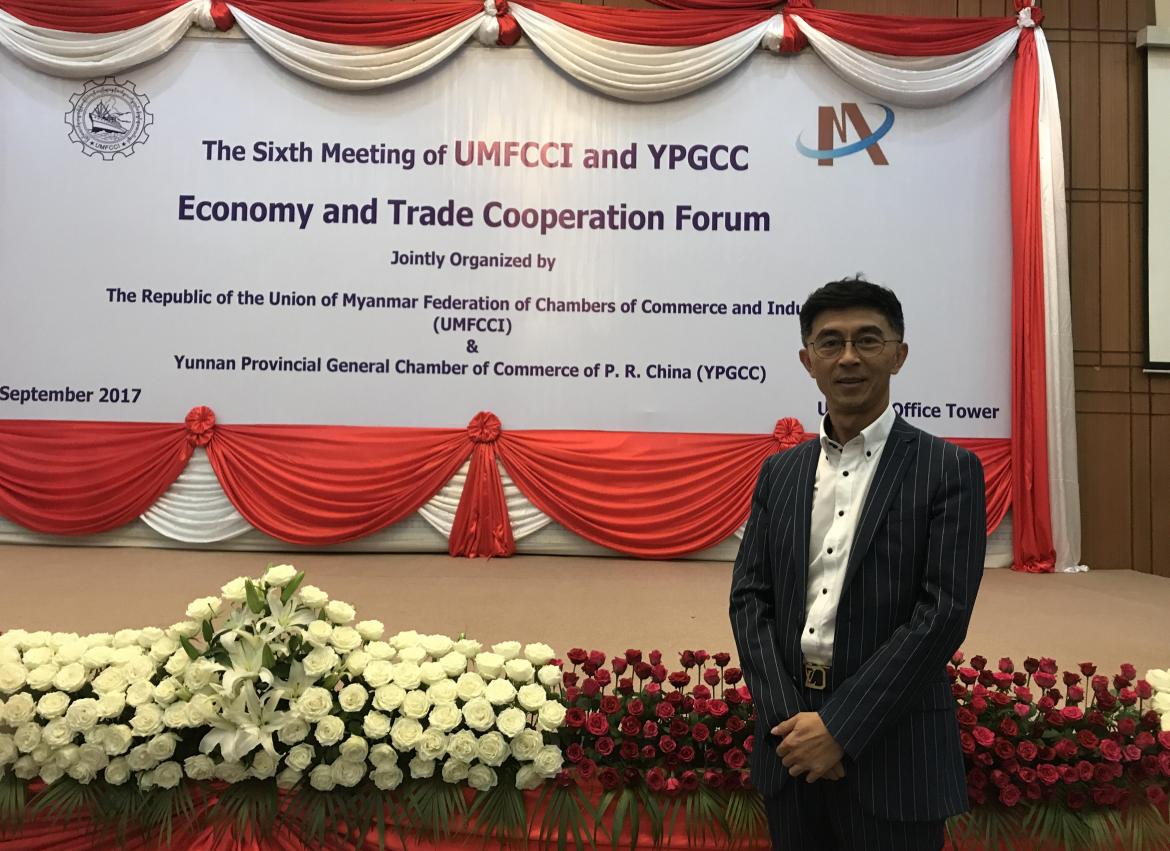
Courting investments by enacting laws can provide a safety net for the foreign investors and protect their interests regardless of a change in government
Myanmar’s economy is inextricably linked to neighbouring China. The country exports more than half its agriculture produce across the border, making China one of its largest trade partners. Meanwhile, China is also the largest investor in Myanmar, with total approved investments totaling US$19.1 billion as at August 31. As a whole, foreign direct investments from China make up about a quarter of total FDI into Myanmar. Yet, total approved FDI from China has slowed over the past fiscal year. To discuss the situation, The Myanmar Times met with Yan Yu, Vice President of Yunnan Provincial General Chamber of Commerce (YPGCC) for an exclusive interview during his visit to Myanmar on September 18. -
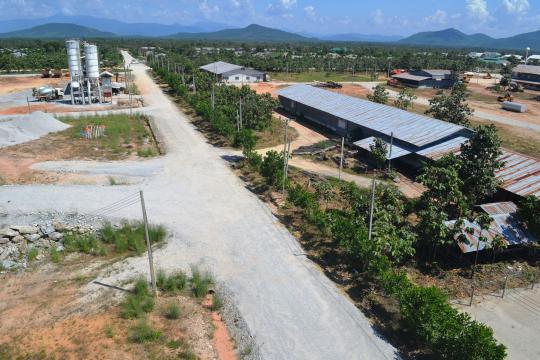
Myanmar Parliament will discuss whether to borrow a loan from Thailand to build a two lane road that will connect Dawei Special Economic Zone to Thailand.
The Ministry of Commerce says borrowing from Thailand to build a two-lane road that will connect the Dawei Special Economic Zone to Thailand will be discussed in parliament. Thailand will offer a loan of 4.5 billion baht (US$136 million) for the construction of the road, and officials from both countries are now working on the project’s financial plan. -
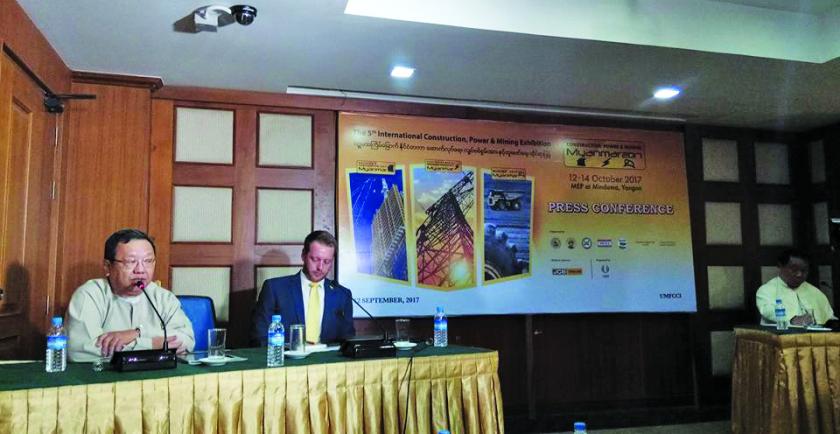
The 5th annual Construction, Power & Mining trade exhibition will take place at Myanmar Event Park (MEP) in Yangon in October 2017
The 5th annual Con¬struction, Power & Mining Myanmar will be held on October 12-14 at MEP at Min¬dama, Yangon. The trade exhibition will focus on Building & Con¬struction, Electrical Pow¬er & Renewable Energy and Mining & Minerals Recovery. Myanmar is the fourth fastest-growing economy in ASEAN and despite nu¬merous domestic armed conflicts, an inviting des¬tination for business op¬portunities. Three of the most attractive sectors for investment are construc¬tion, energy, and mining. -
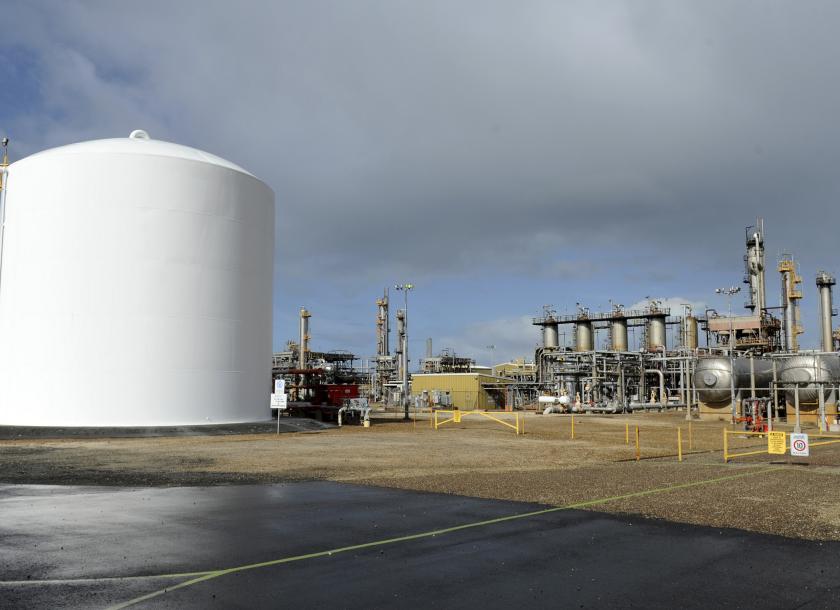
Three new natural gas-fired power plants expect to generate more than 450 megawatts of electricity supply next year (U Khin Maung Lay, Deputy Managing Director of Ministry of Electricity and Energy)
Three new natural gas-fired power plants with the capacity to generate more than 450 megawatts of power are expected to go live before the coming summer season. That should satisfy the energy demands of the country for 2018, said U Khin Maung Lay, deputy managing director of the Ministry of Electricity and Energy’s (MOEE) Electric Power Generation Enterprise. “The annual electricity demand nationwide is between 300MW and 400MW. We plan to run three new gas-fired power plants that can generate 450MW by the next summer. This will meet the country’s demands, particular those from Yangon,” he said at a press conference last week.
Business News
Copyright © 2014 Business Information Center All Rights Reserved.







